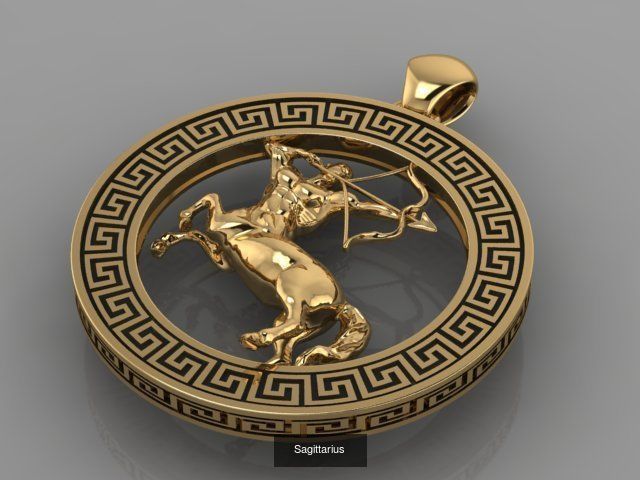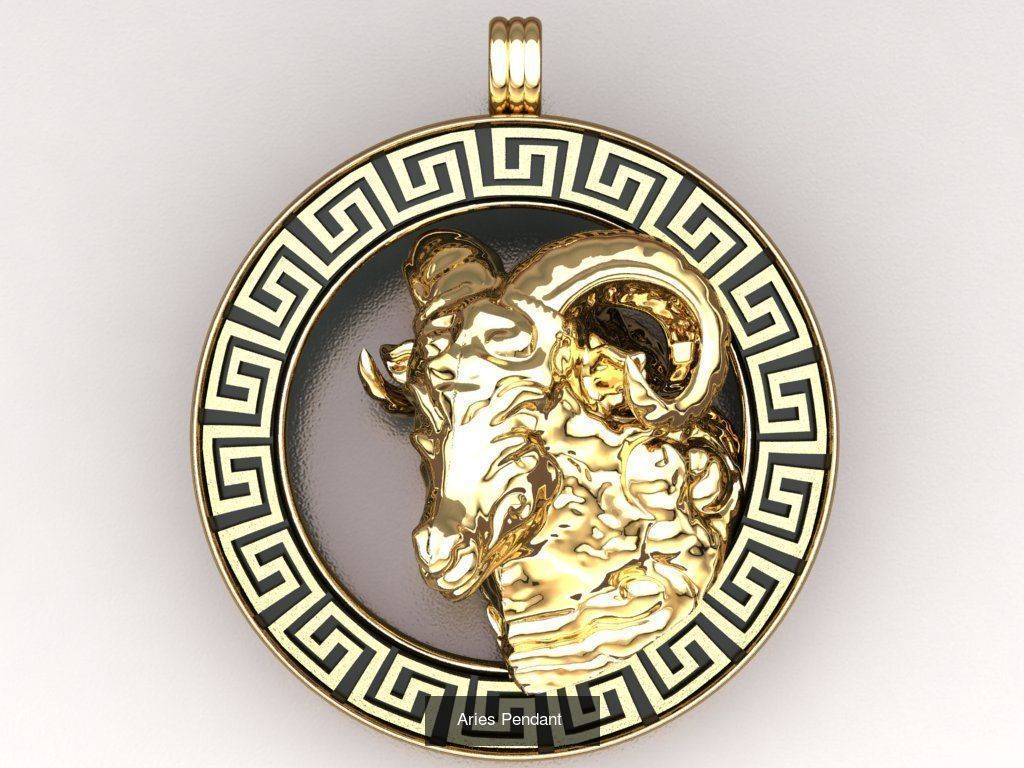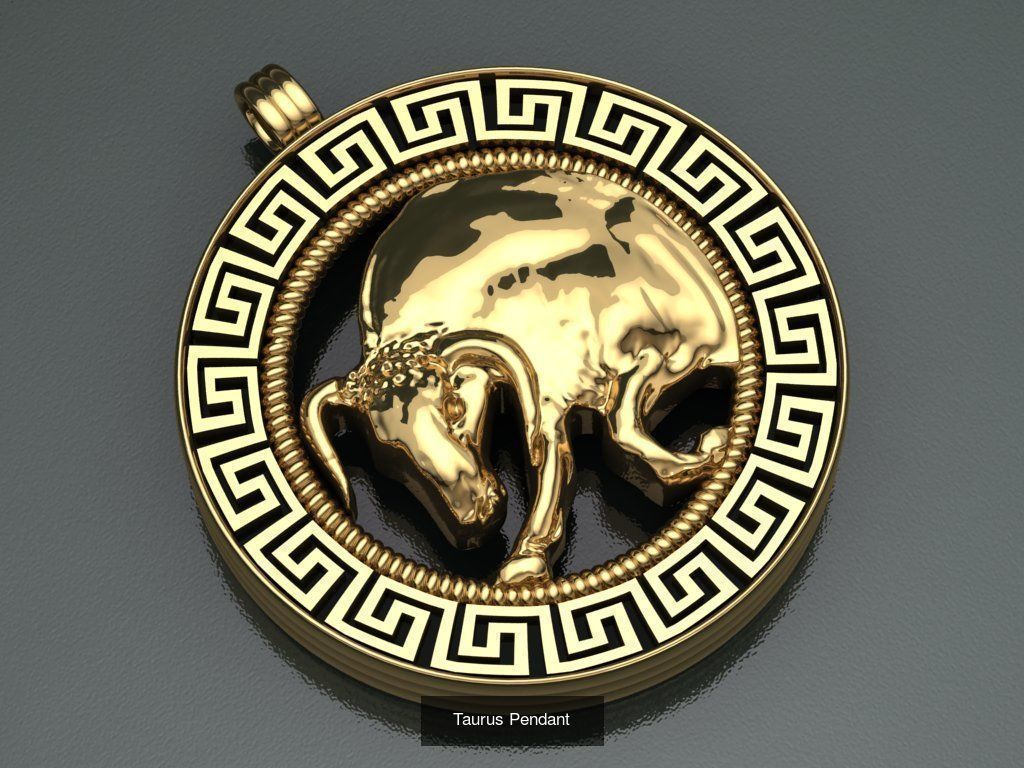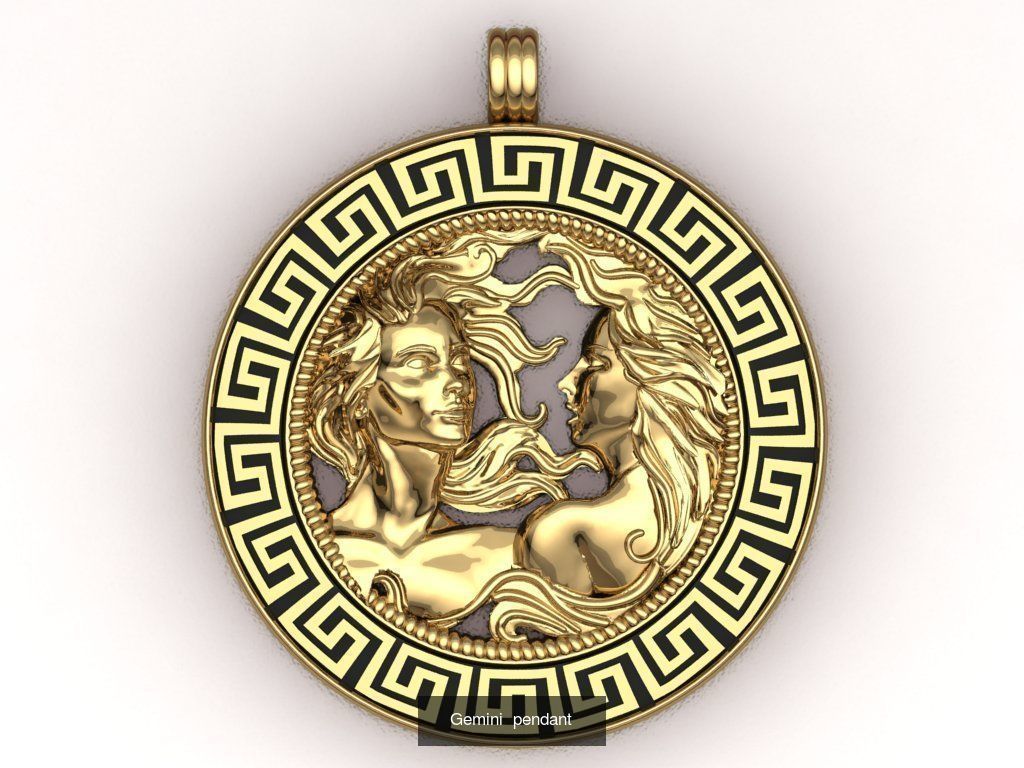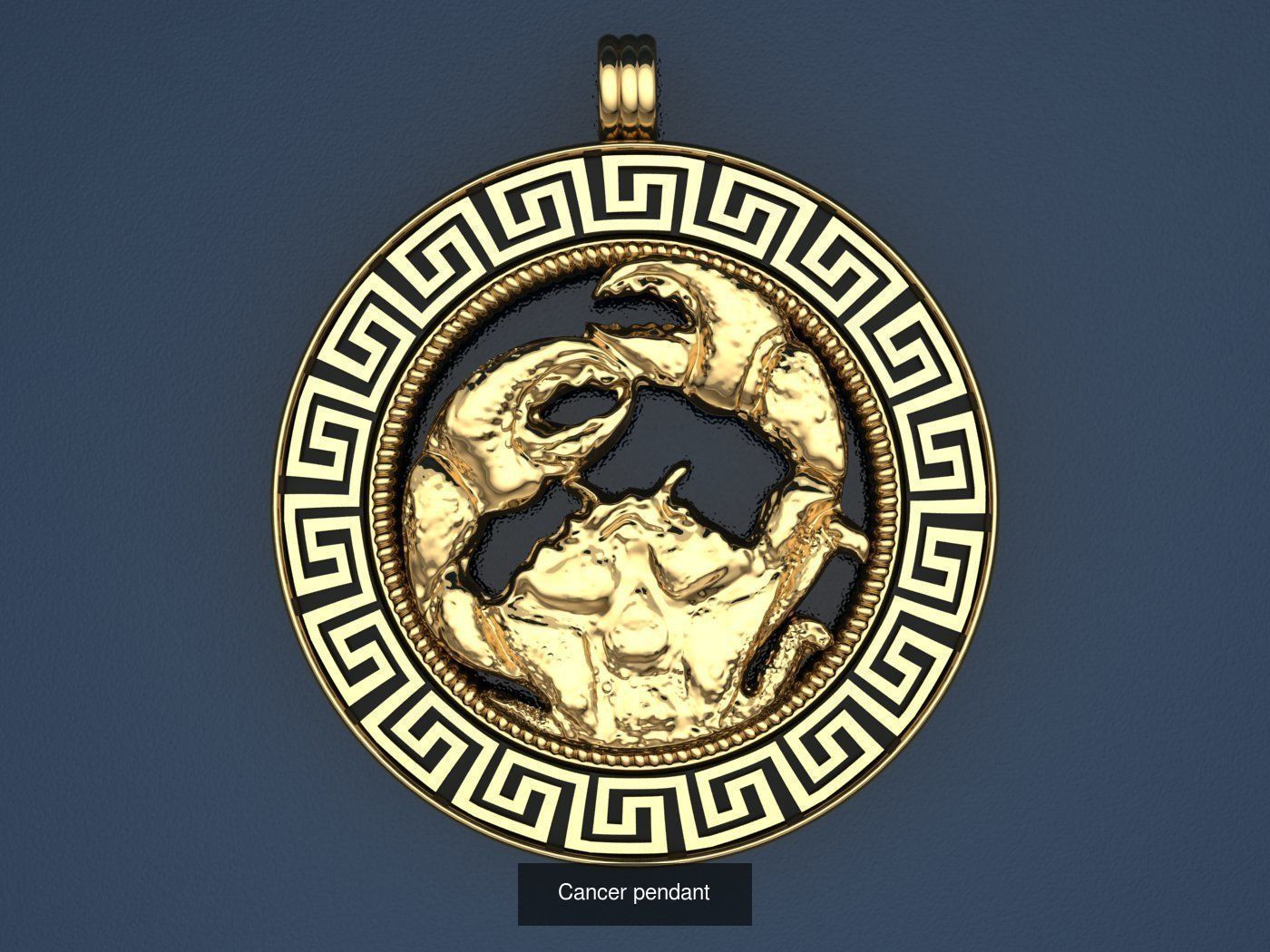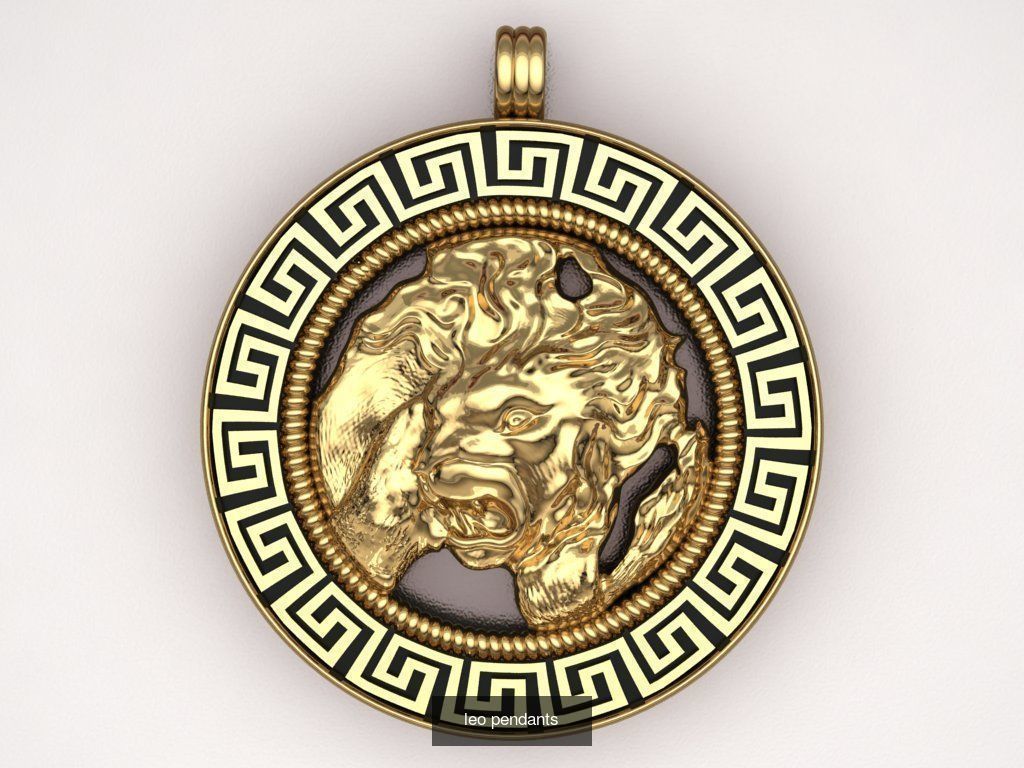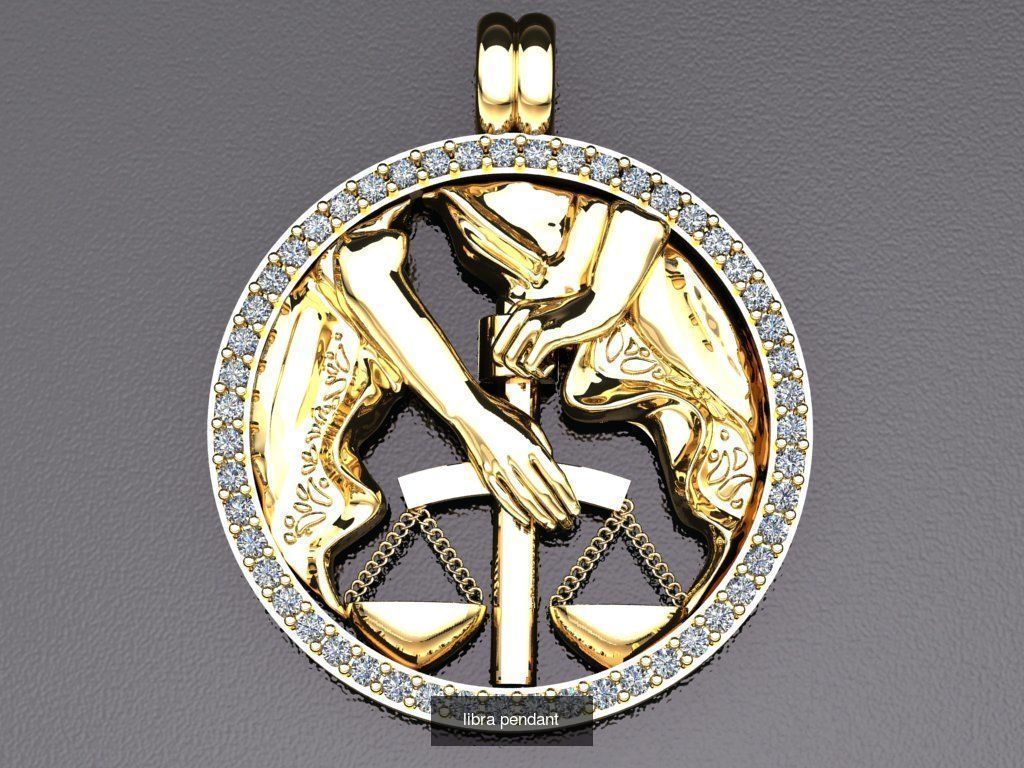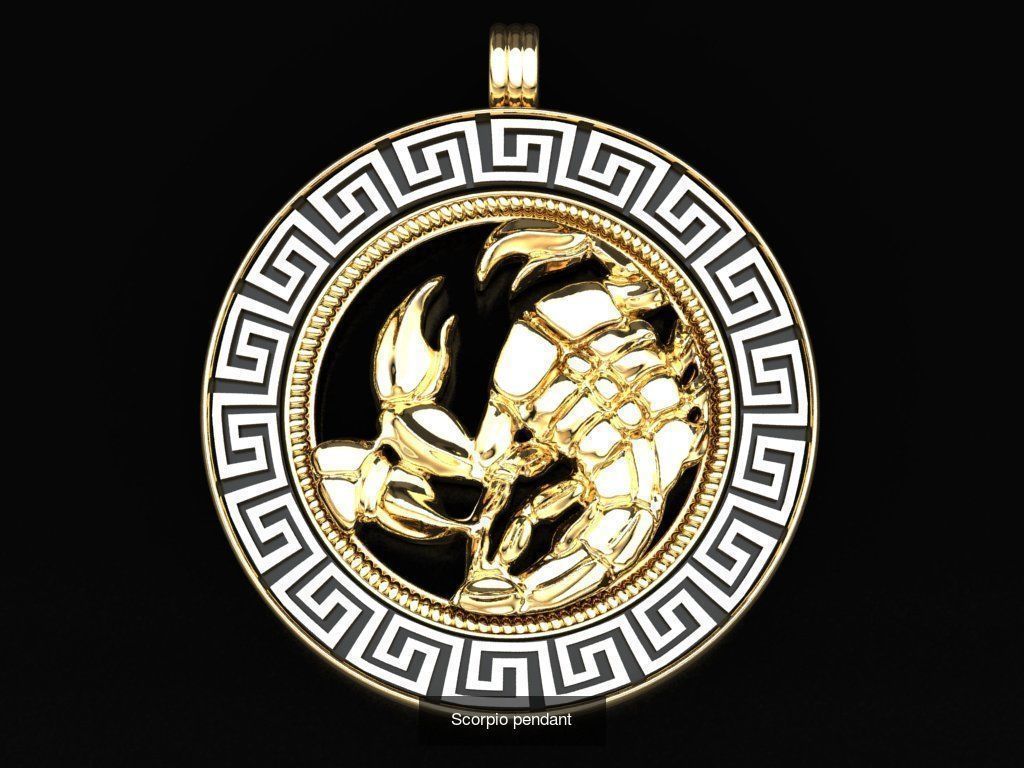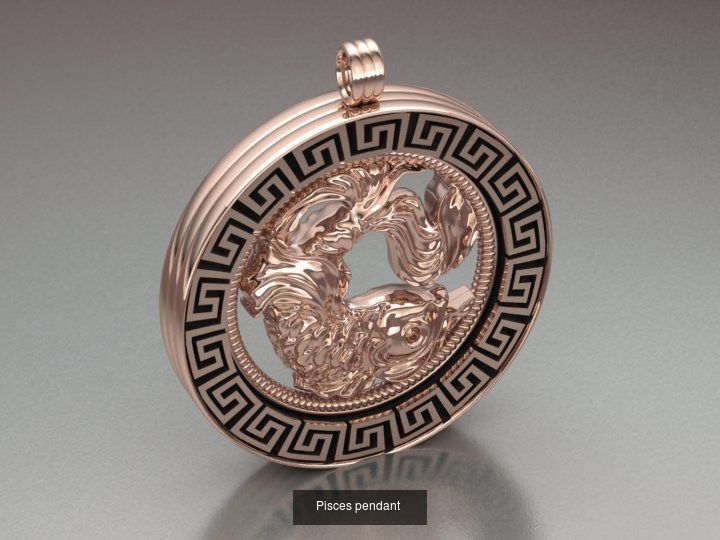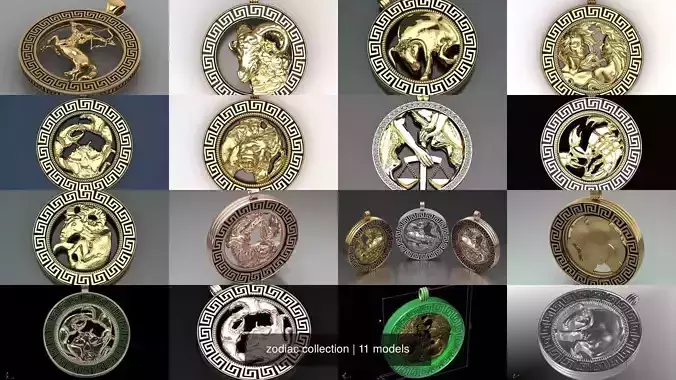
zodiac collection gold pendant with woman and man
zodiac persian:Division of the Ecliptic into ArcsDwazdahanThe ecliptic strip or belt in the celestial sphere (in whose confines the Sun’s describes a path) which is commonly divided into 360 degrees. The ecliptic is further divided into twelve arcs known in Middle Persian Zoroastrian texts as dwazdah-an the twelve ones each 30° long.
Each arc contains a named group of stars called a named constellation or group of prominent stars. The twelve constellations, dwazdah-akhtaran, together make up the Zoroastrian (and other) zodiac (Middle Persian, dwazdahan Modern Persian, زودیاک zudik). The constellation were seen as bayan, givers of beneficence while planets could portend harmful change or reduce the beneficence of the constellations.
Zodiac - Its EtymologyIt is commonly understood that the term zodiac derives from Latin zōdiacus which means a circuit. One theory is that zodiacus derives from the Greek term ζῳδιακὸς κύκλος (zōdiakos kuklos), meaning circle of animals, in turn derived from ζώδιον (zōdion), a small animal [ζῶον (zōon)] and zoion, living being. Another theory is that zodiacus derives from the Greek word zoad meaning the way or a step referring to the passage of the sun through these arc of the Zodiac.The Zodiac consists of twelve constellations, the Dwazdah-Akhtaran, a discernible group of stars that from a pattern.There are 88 constellations. The Greek poet Aratus of Soli (c. 315-c. 245 BCE) described 44 constellations in his Phaenomena. Ptolemy described 48 constellations in his Almagest, 47 of which are known today by their same names. Western representations of the constellations are similar to Iranian-Persian and Indian representations. Some Chinese representations are similar as well. Since the representations are imaginary, the similarities are more than coincidence.Varak (Aries)When the Zoroastrian zodiac was last assembled, the first degree of Varak the ram (known in the West as Aries) marked the start of vernal or spring equinox, the first day of spring in the northern hemisphere.The Size of the Zodiac SectorsAccording to the Greater Bundahishn (GB 2.6) the cosmos was fashioned in the semblance of a (solar) year and that each of the twelve constellations, like twelve months, have thirty degrees just as every month has thirty days.
We note in our page on World Horoscope that the signs of the zodiac do not form 'houses' in themselves, but rather occupy 'houses' or sectors. Therefore, in the Zoroastrian zodiac, the size of the sectors or houses are fixed and do not vary with the size of the constellations that occupies it at a particular point in history. This is an important and critical difference in concept with other concepts of the zodiac.
In Western astrology, there are different ways of measuring the size of a sign of the zodiac, with some systems using the 30° rule while others adopt a variable size corresponding to the size of the associated constellation. As a group of stars, Aries fits within the sector boundaries of the 30° arc that defines the boundaries of its arc sector. While Aries and some other signs fit within the boundaries of their arcs, others like Pisces stretch beyond a 30° arc.
Time as in a calendar is defined and measured by the constellation occupying a sector at a point in time and by the position of the Sun in that 'house'.As such, the constellation of the zodiac is not the primary source of the properties of a sector or 'house'. Rather, they are a secondary source. The primary properties are defined by the name given to the sector and are constant. They are not subject to precession.Twelve Signs of the ZodiacIn Zoroastrian astrology each month belongs to a constellation (GB 6B.2), and each constellation is represented as a sign of the zodiac. The twelve signs of the Zodiac used in Zoroastrian & Western astrology and their Gregorian calendar dates were (for the Age of Aries i.e. 2150 BCE-1Zodiac Signs and the Zodiac Sectors of the EclipticAs we have noted above, since the constellations of the zodiac are of varying sizes, there are at times gaps between the constellations and at times they overlap. In addition, since the sectors of the ecliptic based on a month of 30 days is fixed at 30°, at times the constellations of the zodiac run over the boundaries of a sector and at times fit with space to spare.Triplicities / Trigons:Earth, Water, Air and FireThe twelves signs of the zodiac are divided into four triplicities/trigons, each made of three constellations separated from each other by 120 degrees.
Fire: Aries, Leo and SagittariusEarth: Taurus, Virgo, SagittariusAir: Gemini, Libra and AquariusWater Trigon: Cancer, Scorpio and Pisces
The Sun in a Sector Occupied by a Constellation of the ZodiacMore than 4,000 years ago, astronomers wondered how the sky would appear if the stars could be seen during the daytime. Based on their observations of the night sky, some astronomers determined that during the daytime, the Sun would appear to 'enter' or reside in a sector occupied by a different constellation each month. (This would be because the constellation would stay directly behind the Sun and as the earth continued to move along its orbit, the line of vision from the earth would see another constellation appear behind the Sun.)Birth & Ascendant SignIn Western astrology and horoscopes, a birth sign is the sign which the Sun occupied on a person's birthday. It is also called the Sun sign.
The ascendant or rising sign is the sign rising over the eastern horizon at the time of a person's birth. The order of the zodiac is as follows
aries,Taurus, Gemini, Cancer, Leo, Virgo, Libra, Scorpio, Sagittarius, Capricorn, Aquarius, and Pisce

